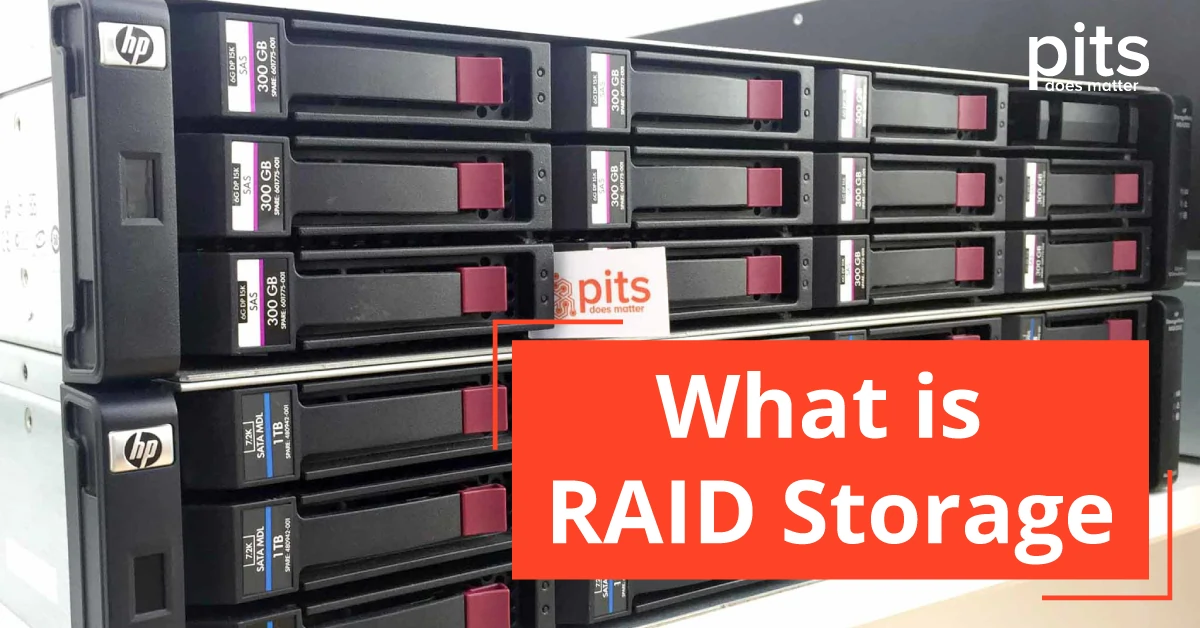What is RAID Storage? RAID Storage, an acronym for Redundant Array of Independent Disks, stores the same data in multiple places on multiple hard disks. The purpose of RAID is primarily to balance the trade-off between data availability, speed, and cost. By storing data across various disks, RAID configurations enhance the system’s fault tolerance, effectively protecting against data loss. Additionally, certain RAID levels can significantly improve read and write performance.
How Exactly Does RAID Storage Work
RAID storage distributes data across multiple disks in a specific pattern called a RAID level. Different redundant levels distribute data using RAID Striping, mirroring, or parity. Striping divides data across disks to enhance read and write speeds. Mirroring duplicates data for redundancy, ensuring availability even if a disk fails.
A storage controller oversees the management and distribution of data across drives, ensuring data recovery in the event of drive failure. It rebuilds data from redundant information, providing seamless access. However, it’s important to note that RAID is not a substitute for backup systems. While it safeguards against hardware failure, it doesn’t protect against data corruption, software issues, or accidental deletion.
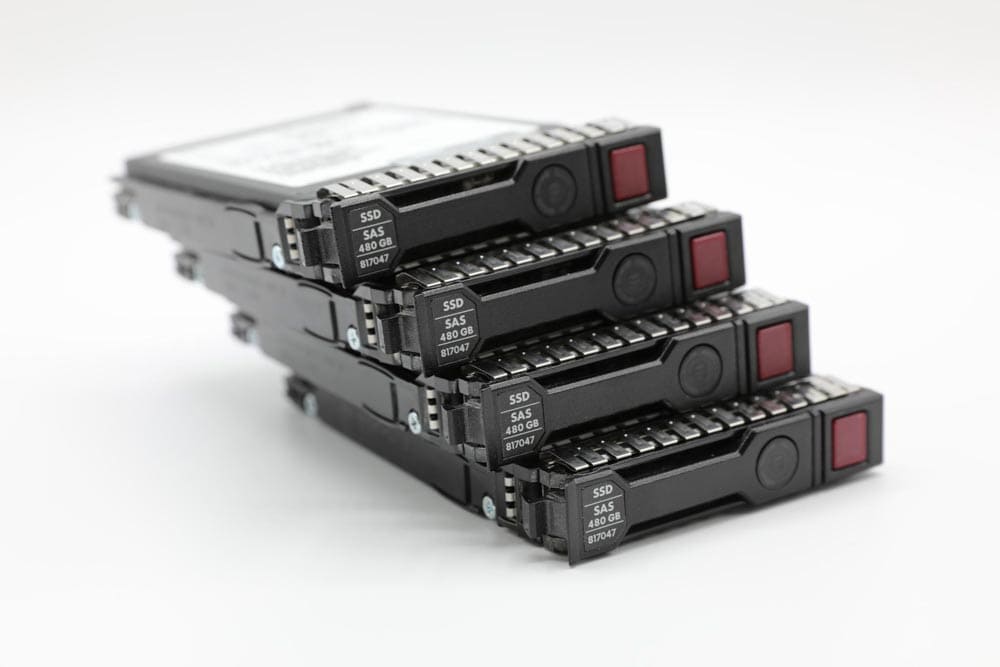
Various options for hardware redundancy are available, including those integrated on motherboards or added with cards. Additionally, some are specifically designed for enterprise NAS or SAN servers. Although this technology is commonly utilized in servers, it can also benefit workstations, particularly for tasks involving extensive storage and high-speed data transfer, like video and audio editing.
RAID Storage Levels Explanation
The explanation of RAID storage levels begins with acknowledging that multiple RAID levels are available, each offering a unique combination of data protection and performance optimization. Initially, we established five standardized levels. However, additional variations, including nested levels and various non-standard configurations, have emerged, often proprietary:
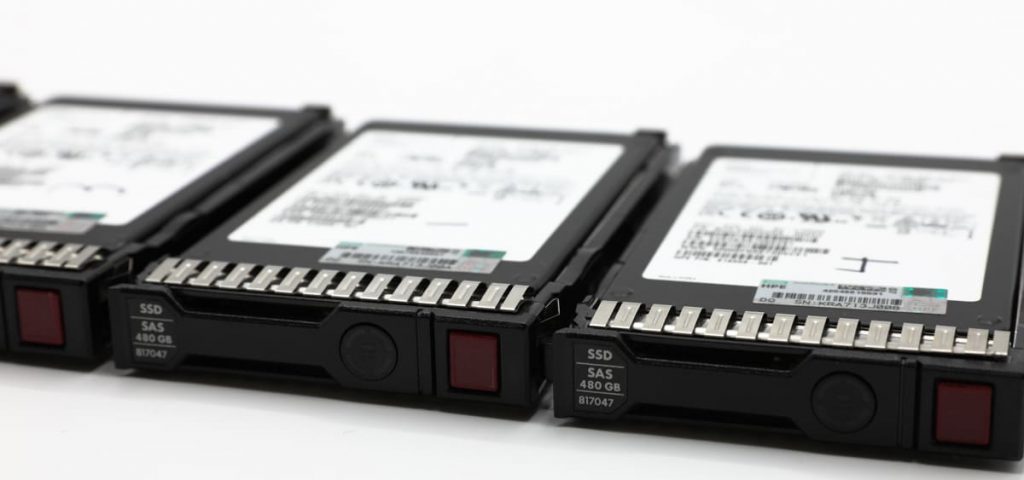
Raid 0: The primary level Striping offers excellent performance without redundancy.
RAID 1: Mirroring, or level 1, duplicates data across two disks to ensure redundancy. While it improves read performance, write speed remains the same. As long as one disk is functioning, the data remains accessible at all times.
Raid 5: This configuration is commonly employed to balance security and performance effectively. It requires a minimum of three disks and boosts read speeds while maintaining write performance. Level 5 adds parity to the array, utilizing the capacity of one entire disk. Furthermore, this level can withstand the failure of a single disk.
Raid 6: Expanding on data redundancy, this approach requires a minimum of four disks and includes dual-parity. It ensures the ability to reconstruct data, even if two disks fail within the array.
Raid 10: This partnership combines the principles of mirroring and Striping to create a high-performance storage solution. It involves utilizing multiple mirrored devices to create a striped array.
What is RAID Benefits
RAID offers numerous benefits, making it a favored option for data storage in various applications. Some of the key advantages include:
- Enhanced Data Availability: Redundant configurations ensure continuous data access by storing data redundantly across multiple disks, thereby mitigating the impact of disk failures.
- Improved Performance: Storage configurations such as RAID 0 and 10 offer improved read and write performance, making them ideal for assignments that require large storage capacity and fast data transfer.
- Cost-Effective: Configurations that utilize multiple smaller disks instead of one large, expensive drive can provide a cost-effective way to increase storage capacity and performance.
4. Flexibility: Users can select the most suitable RAID-level configuration based on their specific requirements, whether for safeguarding data or optimizing performance.
5. Scalability: RAID storage provides remarkable scalability by allowing the effortless addition of more disks to existing arrays. It enables increased storage capacity and performance without requiring a complete system overhaul.
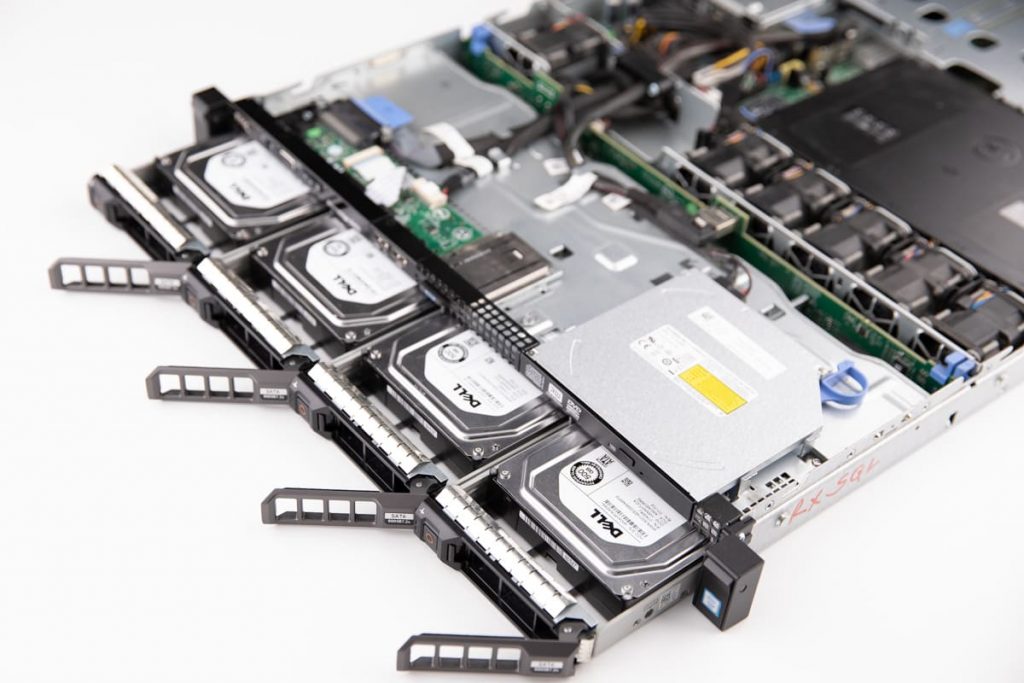
6. Simplified Data Management: Unified logical unit configurations streamline data management and reduce the chances of data fragmentation by utilizing a single logical unit instead of multiple separate disks.
7. Faster Data Recovery: Redundant storage provides faster data recovery during a disk failure. It achieves this by utilizing redundant information to reconstruct lost data, which sets it apart from traditional single-disk configurations.
Storage systems that offer various performance, availability, and cost-effectiveness advantages are crucial for personal and enterprise use. Understanding how these systems function and the available options can greatly benefit those seeking reliable and efficient storage solutions. With a combination of data protection and performance optimization, these storage systems are valuable assets for individuals and organizations needing effective data management. Considering these storage solutions is a wise decision.
RAID Hard Drive Failure and Data Recovery
RAID hard drive failure occurs when one or more hard drives in a RAID array experience malfunction or breakdown. It can impact data accessibility and performance, but storage systems with built-in redundancy and recovery features are designed to mitigate these issues. However, it’s important to note that such storage solutions are not impervious to failure. Hard drives in these configurations can malfunction or crash like any other hardware component. In such situations, retrieving the data stored on the failed drive(s) may present challenges.
Common RAID Hard Drive Failures
Common RAID hard drive failures include various methods for recovering data from failed redundant arrays, depending on the type of failure. The most common types of hard drive failures in RAID setups include:
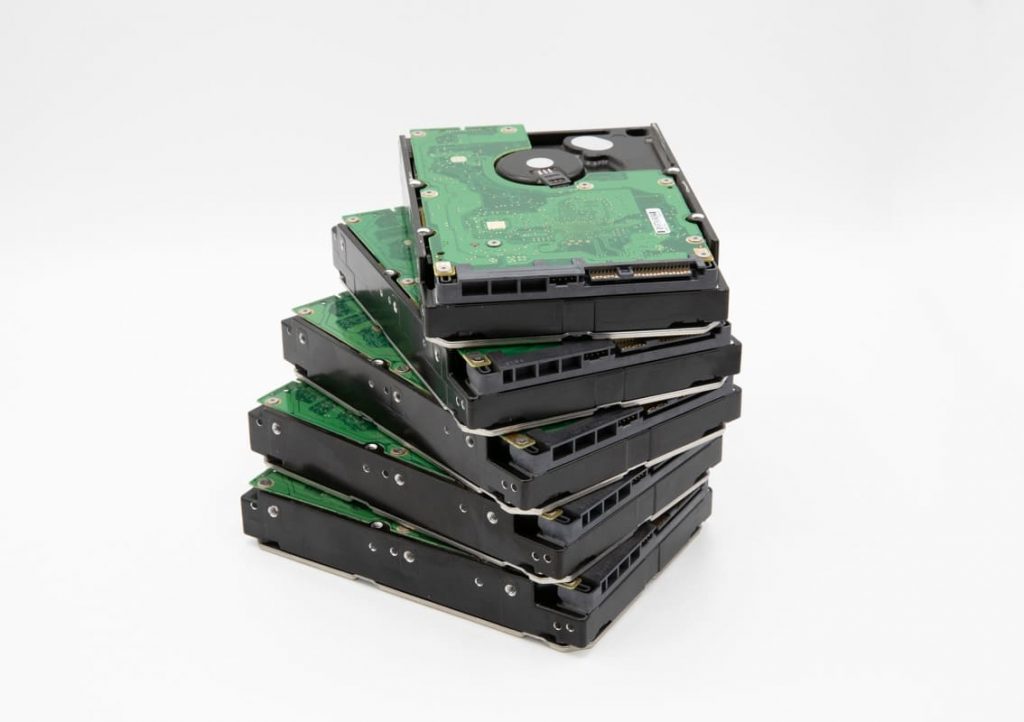
Physical damage: Physical damage refers to the harm or deterioration experienced by a hard drive due to external factors, such as water damage or power surges.
Logical failure: Logical failures occur when data corruption or software problems make the drive inaccessible.
Media errors: Media errors begin with imperfections on the disk surface, leading to challenges when retrieving data from specific sectors.
Mechanical failure: Mechanical failure ensues when there is a malfunction in the mechanical elements of the drive.
Specialized software and hardware tools are required to recover data from failed RAID arrays. These tools are crucial in reconstructing the array and retrieving data from the malfunction.
When data loss or drive failure occurs within a RAID configuration, it is imperative to rely on experienced data recovery services to safeguard the integrity of stored data. PITS Global Data Recovery is a reputable service with a successful track record of retrieving data from RAID storage drives and arrays affected by various failures. Our team of professional technicians and cutting-edge equipment, PITS Global, offers comprehensive recovery solutions for all RAID levels, addressing multiple issues, from logical failures to physical damage.
Frequently Asked Questions
What is RAID storage?
RAID storage, also known as Redundant Array of Independent Disks, is a technology that virtualizes data storage by integrating multiple physical disk drive components into a unified entity. This configuration offers benefits such as data redundancy, performance enhancement, or both.
What are the benefits of using RAID storage?
Redundant storage offers numerous advantages, such as increased data accessibility, enhanced performance, cost-efficiency, flexibility, scalability, simplified data administration, and expedited data restoration. It is a valuable resource suitable for both personal and enterprise applications.
What are common types of RAID hard drive failures?
RAID configurations can experience hard drive failures caused by physical damage, logical failure, media errors, or mechanical issues. These failures can impact both data accessibility and performance.
What happens when a RAID hard drive fails?
RAID systems are created to minimize the effects of hard drive failures by incorporating redundancy and recovery capabilities. Nevertheless, retrieving data from the failed drive(s) can pose challenges.
What is a RAID hard drive?
RAID is a method used to store data in multiple locations across several hard disks or solid-state drives (SSDs). Its purpose is to safeguard data in the event of a drive failure by duplicating the information.
